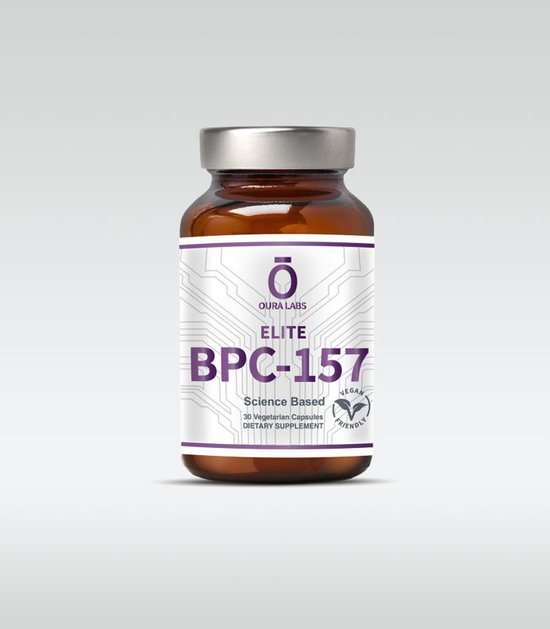
September 17, 2024
Bpc 157 And Blood Vessels Bentham Scientific Research
Gastric Pentadecapeptide Bpc 157 As An Effective Therapy For Muscle Mass Crush Injury In The Rat Surgery Today Nevertheless, most of the present research study is preclinical, including animal designs, and further studies, consisting of clinical trials, are required to validate its efficiency and safety and security in human beings. BPC-157 is a flexible peptide with potential applications in different medical fields, especially those pertaining to recovery and defense of tissues. Ongoing study continues to uncover new healing opportunities and mechanisms of activity. BPC-157 has been examined for its prospective to accelerate wound healing and boost skin regeneration, making it a candidate for treating persistent injuries and burns. Morphologic features of mucosal injury were based on various qualities of epithelial training, villi denudation, and death; qualities of swelling were rated from focal to diffuse according to lamina propria infiltration or subendothelial seepage; hyperemia/hemorrhage was rated from focal to diffuse according to lamina propria or subendothelial localization.Current Knowledge On Non-steroidal Anti-inflammatory Drug-induced Small-bowel Damage: A Detailed Review
Particularly, these brain sores appeared to be distinctly influenced by high intra-abdominal stress; i.e., one of the most modern hippocampal neuronal damage was discovered with the highest possible intra-abdominal pressure. BPC 157-treated rats showed a couple of karyopyknotic neuronal cells in the analyzed neuroanatomic frameworks. In fact, the evidence reveals that superior sagittal sinus hypertension also raised somewhat after laparotomy.How Well Do Peptides BPC-157 and TB-500 Work Together? - Medical News Bulletin
How Well Do Peptides BPC-157 and TB-500 Work Together?.
Posted: Tue, 13 Dec 2022 08:00:00 GMT [source]
Often Asked Concerns About Bpc-157
More interestingly, BPC-157 is extremely stable and resistant to hydrolysis or enzyme food digestion, also in the gastric juice. Additionally, it is conveniently liquified in water and needs no carrier for its application.13 These searchings for suggest that BPC-157 might become a. healing agent for the therapy of chemical-induced shed wound. Previous studies have actually demonstrated that BPC-157 advertises the recovery of various tissues, consisting of skin,36 muscle,15,37-- 39 bone,40 ligament,41 and tendon42 in numerous animal models. As a whole, blockage of the cerebral and cerebellar cortex, hypothalamus/thalamus, and hippocampus was observed, with edema and big locations with raised varieties of karyopyknotic cells, as well as intracerebral hemorrhage, primarily in the infratentorial area, affecting the cerebello angle/area (Figures 12, 13, 14, 15). We noted a raised variety of karyopyknotic cells in all four areas, i.e., the analytical and cerebellar cortex, hippocampus, and hypothalamus/thalamus (Figure 14). Specifically, there was karyopyknosis and deterioration of Purkinje cells of the cerebellar cortex and significant karyopyknosis of pyramidal cells in the hippocampus.For How Long Does It Take To See Arise From Bpc-157?
It is feasible that BPC 157 might affect voltage-gated salt networks (VGSCs), which play a major function in the generation and propagation of activity capacities in main afferents [67] HUVEC, HaCaT, and NIH 3T3 lines were gotten from the American Kind Culture Collection. HUVECs and NIH 3T3 cells in Roswell Park Memorial Institute (RPMI) 1640 and HaCaT in Dulbecco's Minimum Essential Medium (DMEM)/ F-12 tool were cultured in the suggested media supplemented with 10% fetal bovine serum (FBS) and kept at 37 ° C in a humidified setting with 5% CARBON DIOXIDE.- Via numerous mechanisms, BPC 157 has actually shown its capacity to stimulate outgrowth and fibroblast proliferation, producing medical results in healing tendons, ligaments, and muscle mass.
- Based on current human research studies, BPC-157 can be securely made use of for four weeks complied with by a two-week break.
- Formerly, we demonstrated that BPC 157 preserves sphincter function (lower esophageal, pyloric [17,18,20-23], urethral [24], and pupil [25].
- With each other, digestive tract anastomosis [10-14] and fistulas [15-20] healing, esophagitis and stomach sore recovery, alongside with saved sphincter function [10,11,17,18,20-25] can certainly improve the feasible alleviative peptides treatment for rat esophagogastric anastomosis.
Is BPC 157 naturally taking place?
BPC-157, or Body Protecting Substance 157 is a naturally-occurring peptide constructed from 15 amino acids originated from human stomach juices. Medical professionals, consisting of doctors at the prominent Cleveland Clinic, have actually been using BPC-157 peptide therapy to aid their clients for several years.
Social Links